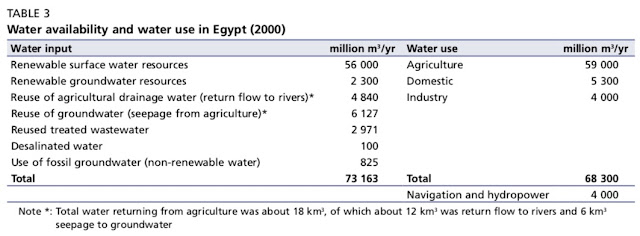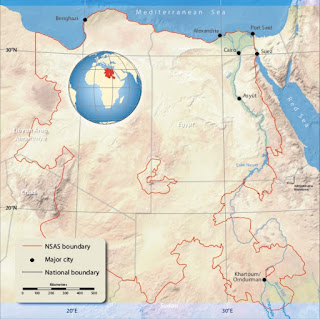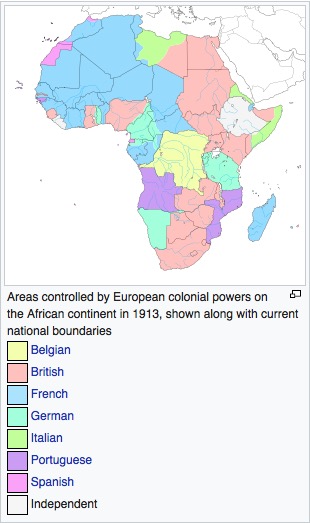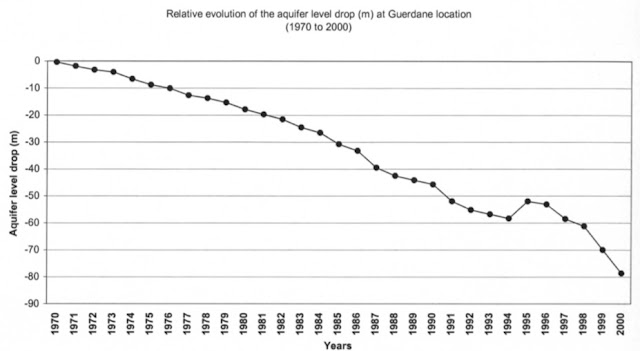9. Reflections & .. The End !

In this final post I wanted to take the opportunity to summarise and reflect on the path of my blog over the past weeks, noting down key findings which might provide insight regarding the future of water management in Africa. Analysis of water scarcity measurements depict the nationally-limited perspective of existing methods, as well as highlighting the lack of a necessary holistic approach to water management. This is evidenced in post 2, where construction of the GERD illustrates the coming need for transnational cooperation of water management. Posts 6 and 8 further emphasise the transnational nature of water resources in Africa requiring better understanding of the geological nature of both renewable and non-renewable water sources. Evaluating the structure of current water management has evidenced the need for a more nuanced approach than current governmental and private organisations are providing. Posts 2, 3, 4 illustrate the growing citizen participation movement and mov




